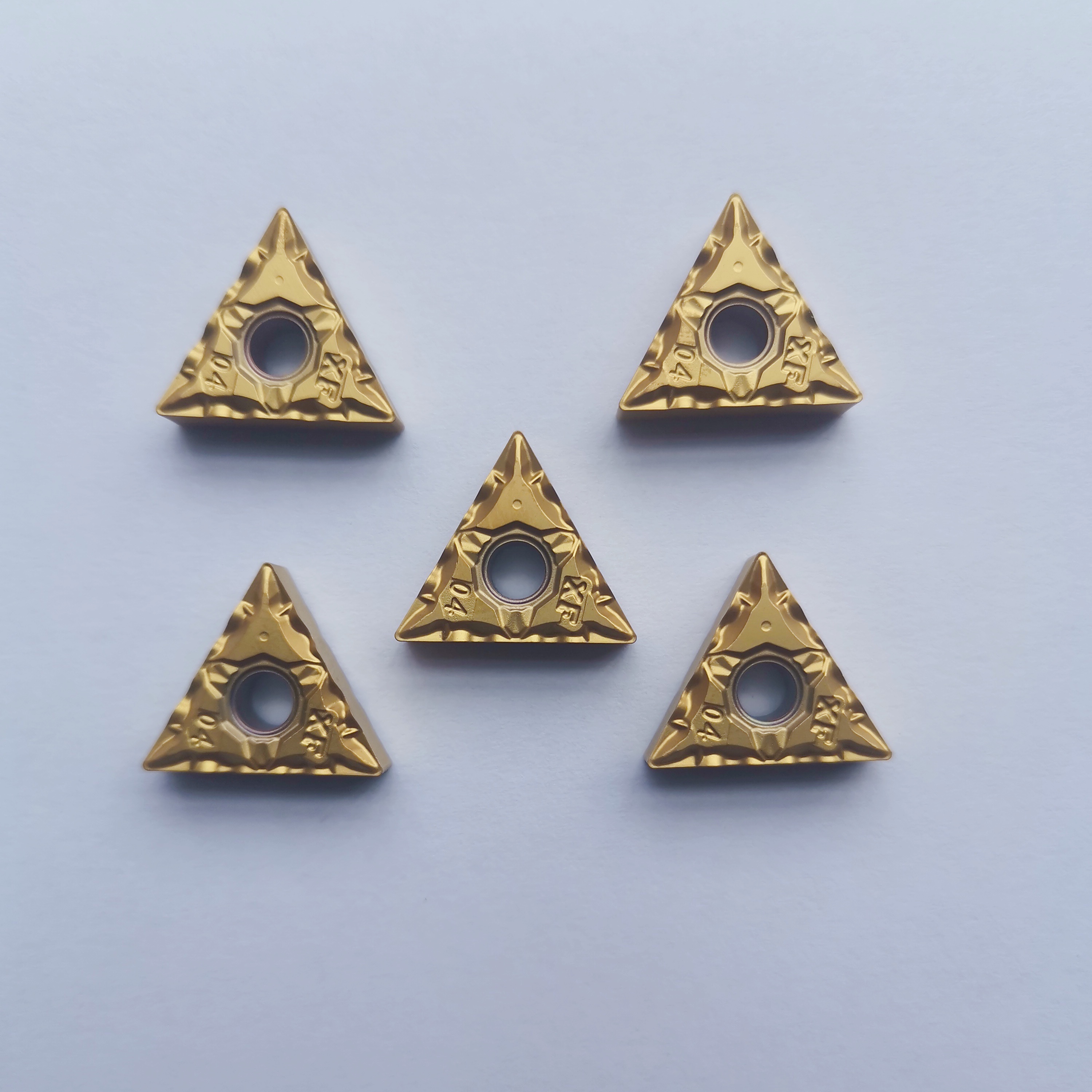The steel turning
Wed Jun 08 11:49:46 CST 2022
Steels can be classified as non-alloy, low alloy, and high alloy, all of which affect the machining recommendations for turning
1. Non-alloy steel turning
Material classification: P1.1
The carbon content of non-alloy steel does not exceed 0.55%. Low carbon steel (carbon content < 0.25%) is difficult to chip and has a tendency to bond (nodules), so special attention is required.
In order to achieve chip breaking and chip control, the highest possible feed should be achieved. Wiper cutting tools are highly recommended.
Use high cutting speeds to avoid bumps on the cutting tools, which can negatively affect surface quality. Sharp cutting edges and light grooves reduce bonding tendencies and prevent edge degradation.

2. Low alloy steel turning
Material classification: P2.x
The machinability of low alloy steels depends on alloy content and heat treatment (hardness). For all the materials in this group, the most common wear states are crescent depression wear and rear cutting tool wear. For hardened steel, plastic deformation is also a common wear condition due to the higher heat generated in the cutting area.
For non-hardened low alloy steel, the preferred material is the steel series and groove type. For hardened steel, the use of higher hardness materials (cast iron, ceramic and CBN) is advantageous.
3. High alloy steel turning
Material classification: P3.x
High alloy steels include carbon steels with a total alloy content of more than 5%. This group includes both mild steel and hardened steel. The higher the alloy content and hardness, the less machinability.
Same as low alloy steel, steel material and groove type are preferred.
Steels with alloying elements greater than 5% and hardness greater than 450 HB have additional requirements for plastic deformation resistance and cutting edge strength. Consider using harder materials (cast iron, ceramic, and CBN).















































